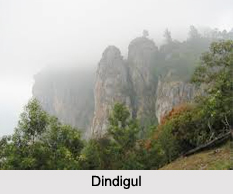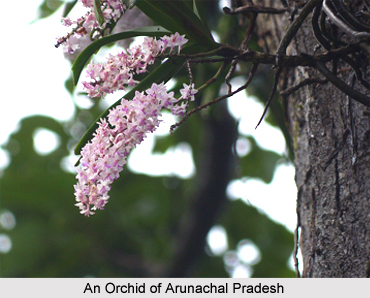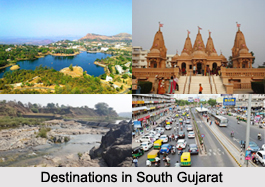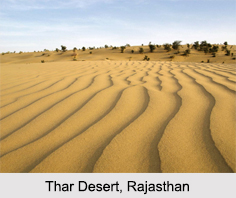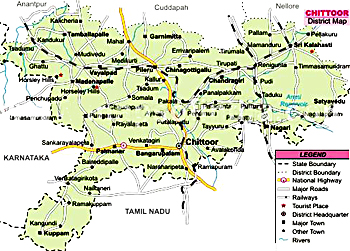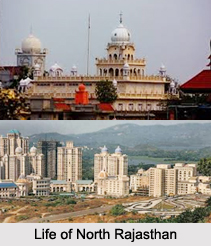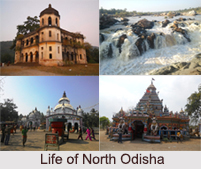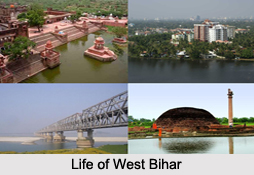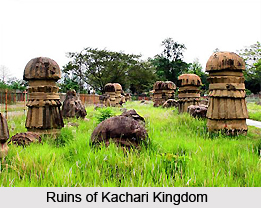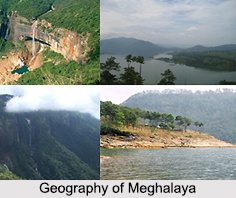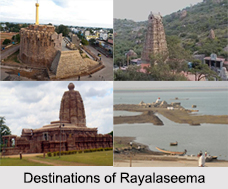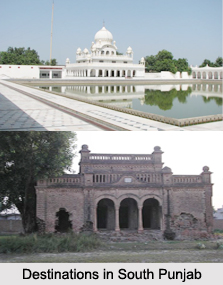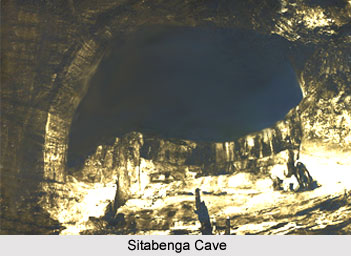 Sitabenga Cave is the earliest cave situated on Ramgarh hills near Ambikapur in Surguja district, Chhattisgarh. There are in fact two caves, Sitabenga Cave and Jogimara Cave. They are reached through a natural tunnel, 60 m long but large enough for an elephant to pass through. Because of this reason it is named as Hatipal or `elephant cave`.Sita Bengra cave is a 2,300 years old performance stage - one of the oldest theatres in the world. At the western end of this tunnel, the hillside forms a crescent, overlooking a thickly wooded valley closed on the west by a parallel range of the same hills. Both caves on this slope are open to the west, the northern called Sitabenga and the southern Jogimara.
Sitabenga Cave is the earliest cave situated on Ramgarh hills near Ambikapur in Surguja district, Chhattisgarh. There are in fact two caves, Sitabenga Cave and Jogimara Cave. They are reached through a natural tunnel, 60 m long but large enough for an elephant to pass through. Because of this reason it is named as Hatipal or `elephant cave`.Sita Bengra cave is a 2,300 years old performance stage - one of the oldest theatres in the world. At the western end of this tunnel, the hillside forms a crescent, overlooking a thickly wooded valley closed on the west by a parallel range of the same hills. Both caves on this slope are open to the west, the northern called Sitabenga and the southern Jogimara.
The site was known to J. D. Beglar and Alexander Cunningham of the Archaeological Survey of India since 1874-5. T. Bloch visited the caves later and offered the most intelligible reading and interpretation of certain fragmentary inscriptions found there in the Brahmi script. The Sitabenga inscription speaks of `poets venerable by nature (who) kindle or illumine the heart`. It also says that `they tie garlands thick with jasmine flowers around their necks". It refers to the vernal full moon` and perhaps a spring festival held on that occasion abounding in frolics and music. The Jogimara inscription mentions "Sutanuka, a devadasi", who constructed the cave for her lover.
The Sitabenga cave is actually a tiny hall with a stage carved on the hill outside. It had semicircular rows of stone on a gradient along three walls, seating around fifty spectators, blocking part of the cave entrance and overlooking the performance space below. It seems that people and poets knew the place and congregated there. They do it especially on such occasions as the full moon of spring, celebrated now by Hindus as Holi, associated with Madana mahotsava or the great festival of Kama. Kama or Kamadeva is the presiding deity of love. Bloch postulates that the small amphitheatre in front of the cave resembles Greek theatre. He considers two holes cut into the floor at the entrance, to have been made for holding wooden posts to which a curtain was fastened in order to shut out the cold air on winter nights. There exist rock-cut halls in which something like a small-scale stage can still be seen clearly.







